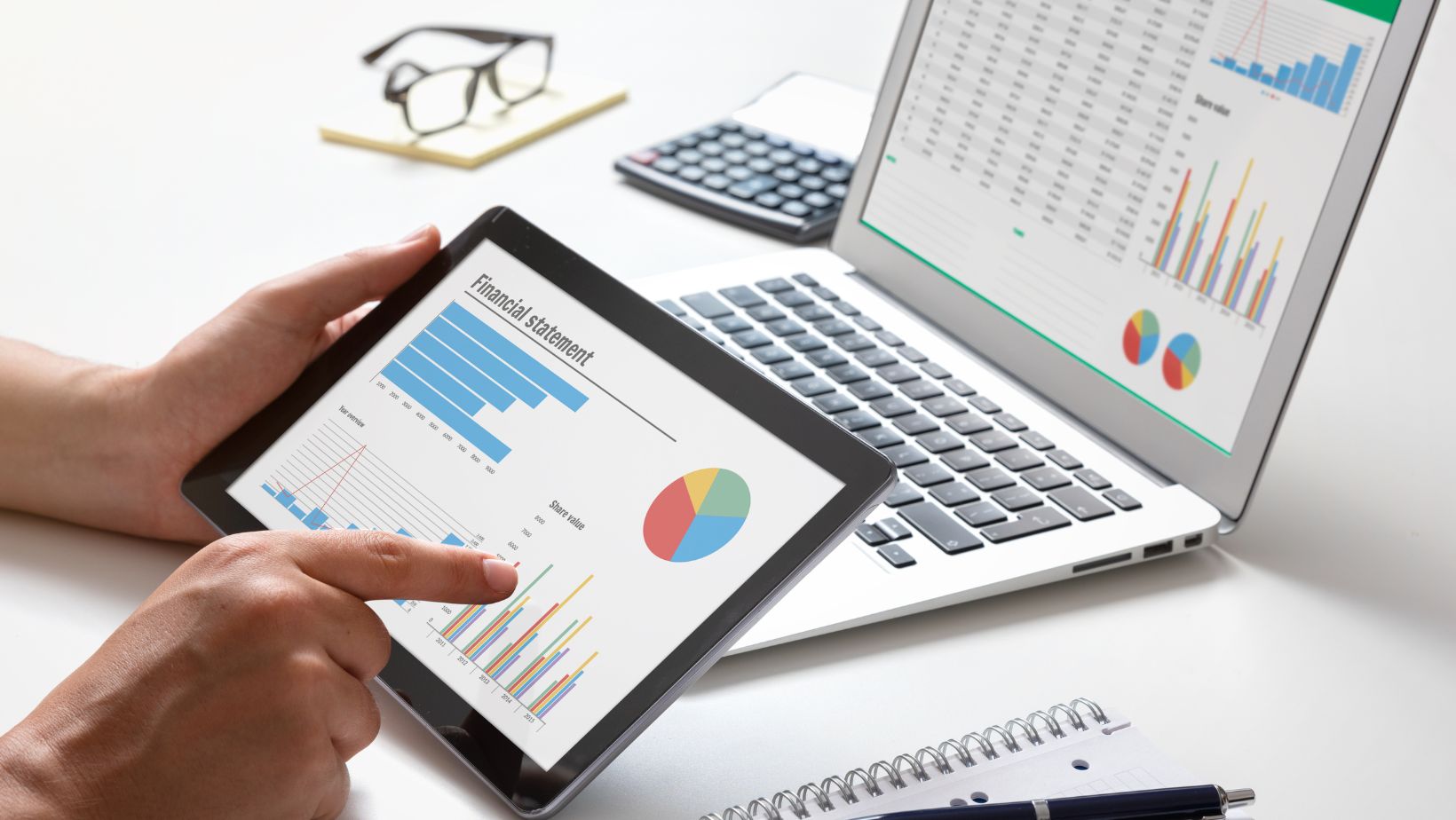
In today’s data-driven world, organizations make decisions backed by numbers—and data analysts are the storytellers behind those numbers. Whether you’re exploring a new career path or upskilling in your current role, data analytics is a rewarding, future-proof skillset to master.
But where should you begin? Between dashboards, code, spreadsheets, and algorithms, the journey can feel overwhelming.
This guide breaks it down simply: here are the essential tools every aspiring data analyst should master, along with where to learn them—even if you’re just starting out.
Statistics: The Brain Behind Data Interpretation
You can’t truly understand trends or test hypotheses without a firm grasp of statistics. It’s the engine behind decision-making, experimentation, and forecasting in data analytics.
Why it matters:
- Helps you avoid false conclusions
- Gives you tools to evaluate data reliability
- Powers A/B testing, regression analysis, and more
Build it with: This Premium Course on Statistics for Data Analytics
This course covers:
- Descriptive vs. inferential statistics
- Probability, distributions, and hypothesis testing
- Real business use-cases and interpretations

Python: The Language of Data
Python is a must-have for modern analysts—it’s easy to learn, extremely versatile, and packed with libraries that simplify data analysis, visualization, and machine learning.
Why you need it:
- Automate repetitive data tasks
- Analyze large datasets that Excel can’t handle
- Prepare for more advanced roles in data science and machine learning
Learn with: This python programming online course
This course is perfect for beginners and teaches:
- Core Python programming
- Numpy and Pandas for data manipulation
- Scikit-learn for building simple ML models
- Real-world applications of Python in analytics
You don’t need prior coding experience—just curiosity and commitment.
SQL: Speak the Language of Databases
SQL (Structured Query Language) is how analysts access and manipulate data stored in relational databases. If your data lives in a warehouse like MySQL, PostgreSQL, or BigQuery—SQL is your entry key.
Why it’s critical:
- Almost every analyst job requires SQL
- Lets you pull and analyze raw data from large tables
- Forms the backbone of dashboards and reports in tools like Tableau
Focus on:
- SELECT, JOIN, GROUP BY, and subqueries
- Filtering, sorting, and aggregating data
- Writing efficient queries that minimize load time
SQL is non-negotiable for any analyst serious about real-world data work.
Excel: The Original Data Workhorse
Before you dive into Python or SQL, get comfortable with the basics—and that starts with Microsoft Excel.
Why it matters:
- Still the go-to tool in many organizations
- Offers quick data manipulation and visualization
- Useful for pivot tables, VLOOKUP, and conditional formatting
You should aim to master:
- Data cleaning and transformation
- Basic charting and dashboards
- Lookup and logical functions
Even though more powerful tools exist, Excel gives you an intuitive environment to understand data patterns and build a solid foundation.
Data Visualization Tools: Tell the Story Visually
Numbers are powerful—but visuals are what make insights stick. Whether you’re reporting to a manager or presenting to stakeholders, your ability to visualize trends and patterns can make or break your message.
Top tools include:
- Tableau: Drag-and-drop dashboards, interactive visuals
- Power BI: Microsoft’s powerful dashboarding tool
- Python (Matplotlib, Seaborn): For fully customizable charts and plots
Start with the basics:
- Bar, line, scatter, and pie charts
- Heatmaps and treemaps
- Dashboards with filters and interactivity
Your goal? To turn data into decisions—clearly, concisely, and confidently.
Google Sheets: The Underrated Collaboration Tool
While Excel dominates desktop use, Google Sheets is a go-to in collaborative environments. It’s also becoming increasingly important in marketing, e-commerce, and startup roles.
What it offers:
- Real-time multi-user editing
- Built-in data connectors (like Google Analytics, BigQuery)
- Integration with Google Data Studio and AppScript
Learning Google Sheets also makes you familiar with automation workflows and cloud-native data handling.
Business Acumen: Understanding What the Data Means
Data without context is just noise. Analysts who can connect insights to outcomes—like revenue, user retention, or churn—are 10x more valuable.
That means:
- Understanding your company’s KPIs
- Translating technical output into business impact
- Asking the right questions before diving into data
This isn’t a “tool” in the traditional sense, but it’s arguably the most important one in your career toolbox.
You can develop it by:
- Working on industry-specific datasets (finance, healthcare, retail)
- Reading business case studies
- Talking to cross-functional teams (sales, ops, product)
Soft Skills: Communicate, Collaborate, Create Impact
Even the best analysis fails without communication. Employers value analysts who can:
- Present findings clearly
- Write actionable reports
- Collaborate with product, marketing, and tech teams
Work on:
- Writing short data summaries
- Explaining insights to non-technical stakeholders
- Visual storytelling in presentations
As AI tools evolve, human communication will become your strongest differentiator.
Ready to Start? Here’s the Smartest Path Forward
You don’t need to learn everything at once. Start with these two learning pillars:
- Build strong theory with the statistics for data analytics course to make better decisions.
- Get hands-on quickly with the machine learning python course free to analyze real datasets.
From there:
- Practice SQL and Excel daily
- Create dashboards on Tableau or Power BI
- Work on projects that solve actual problems
- Document your journey in a portfolio or blog
In just a few months, you’ll go from learning to leading with data.
Conclusion: Turn Tools Into Impact
Mastering data analytics isn’t just about learning platforms—it’s about building a mindset. Each tool you learn should bring you closer to delivering value, answering critical questions, and enabling smarter decisions.
With the right courses, a project-driven approach, and consistent practice, you can transform numbers into insight—and insight into opportunity.







